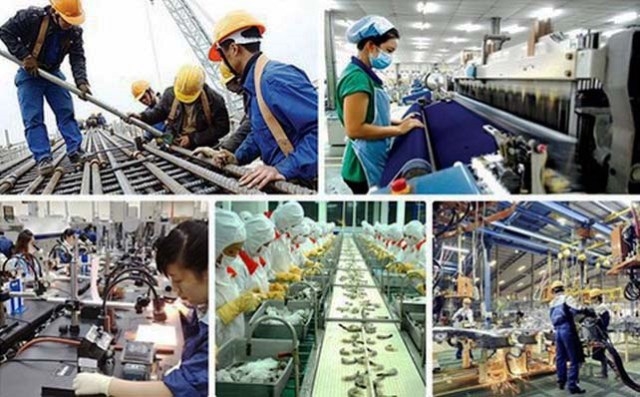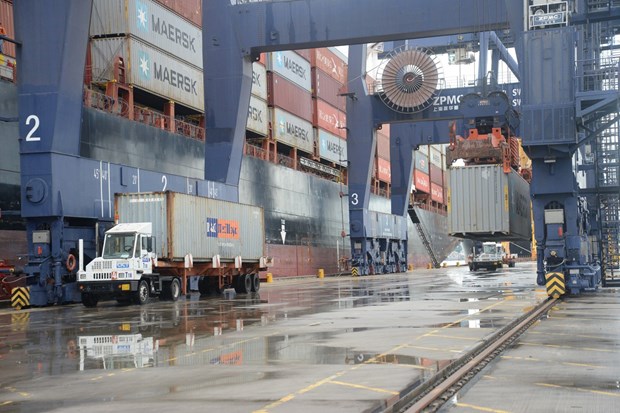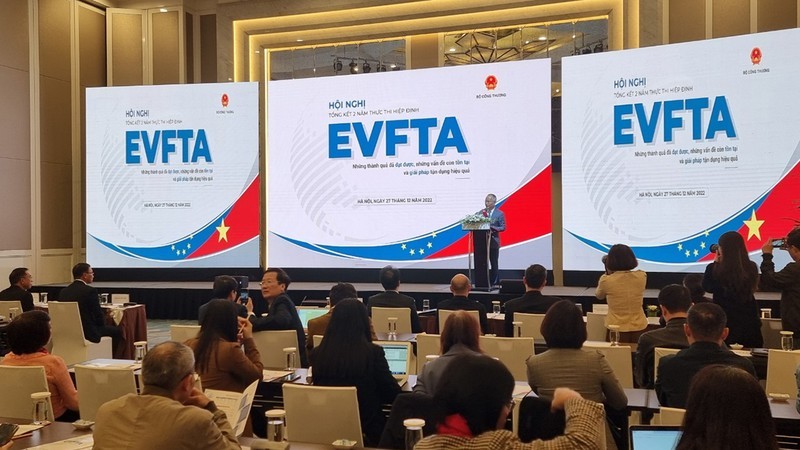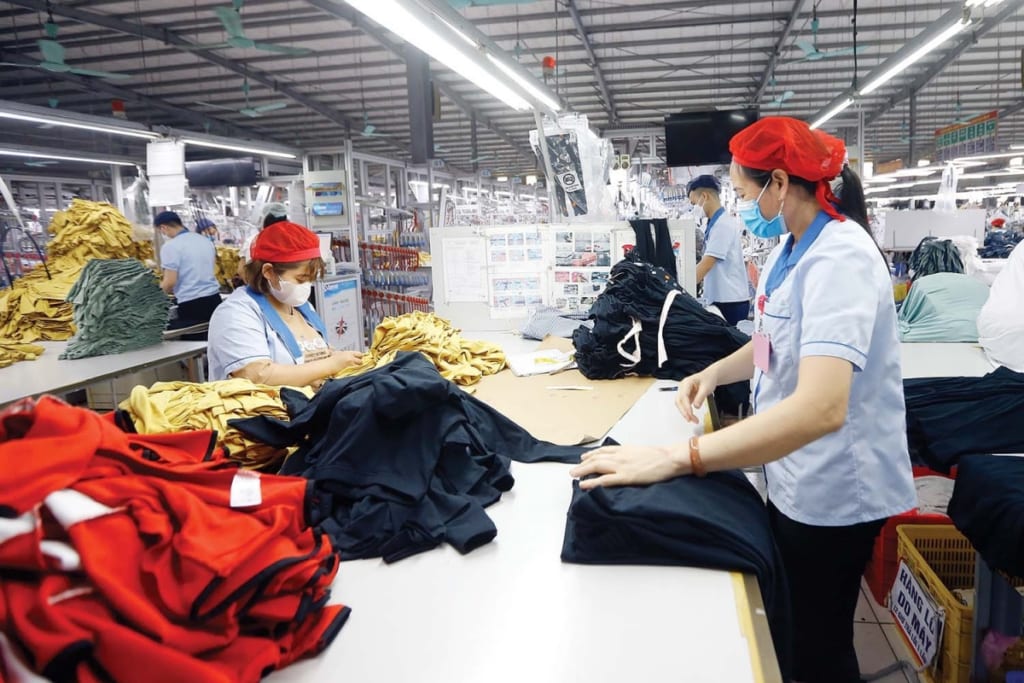
Introduction
Vietnamese labor has emerged as a significant force in the global market, playing a vital role in various industries. With a dynamic workforce, the country has attracted attention from businesses worldwide. This article explores the characteristics of Vietnamese labor, the industries it contributes to, challenges faced by workers, international labor migration, and its impact on the economy. Furthermore, we delve into the efforts made to improve labor conditions and shed light on future prospects and opportunities for Vietnamese laborers.
Importance of Vietnamese Labor in Global Markets
Vietnamese labor has become a cornerstone of the global market, with its workers filling crucial positions in diverse sectors. The country’s abundant and competitive workforce has made it an attractive destination for foreign investors seeking cost-effective solutions. This demand for Vietnamese labor has fostered economic growth, created employment opportunities, and bolstered the nation’s international trade relations.
Characteristics of Vietnamese Labor Force
Vietnamese laborers possess distinct characteristics that contribute to their success in various industries. They are known for their strong work ethic, discipline, and adaptability. Moreover, Vietnamese workers are often highly skilled in technical areas such as manufacturing, textiles, and electronics, making them sought-after resources in global supply chains.
Education and Skills Development in Vietnam
Education and skills development have played a crucial role in equipping Vietnamese laborers with the necessary expertise to excel in their respective fields. The Vietnamese government has prioritized education, investing in vocational training programs and technical institutes. This focus on education has resulted in a skilled workforce that meets the demands of both domestic and international markets.
Industries Employing Vietnamese Labor
Vietnamese labor is prevalent in a range of industries. The manufacturing sector, including electronics, textiles, and footwear, heavily relies on Vietnamese workers due to their proficiency and affordability. Additionally, the service sector, particularly tourism and hospitality, benefits from the hospitality and hard work demonstrated by Vietnamese employees.
Challenges Faced by Vietnamese Labor
Despite the contributions of Vietnamese labor to the global market, workers often face challenges. Low wages, long working hours, and limited access to social protection are some of the issues encountered by many laborers. Occupational safety and health concerns also persist, necessitating efforts to improve working conditions and ensure fair treatment of workers.
International Labor Migration from Vietnam
Vietnam has witnessed significant labor migration to countries such as Japan, South Korea, and Taiwan. Vietnamese workers seek better employment opportunities, higher wages, and skill development abroad. This international labor migration has not only provided economic benefits to both Vietnam and the host countries but has also facilitated cultural exchange and knowledge transfer.
Impact of Vietnamese Labor Migration on the Economy
The migration of Vietnamese laborers has had a profound impact on the country’s economy. Remittances sent back by overseas workers contribute significantly to the national GDP, supporting families, and stimulating domestic consumption. Furthermore, returning migrants often bring back new skills, knowledge, and entrepreneurial experience, which contribute to the development of Vietnam’s economy.
The Role of Remittances in the Vietnamese Economy
Remittances sent by Vietnamese workers abroad have become a crucial component of the country’s economy. These financial inflows support investment in infrastructure, education, and healthcare, ultimately improving living standards and reducing poverty levels. Remittances also serve as a stabilizing factor, mitigating the impact of economic shocks and ensuring economic resilience.
Efforts to Improve Labor Conditions in Vietnam
Recognizing the importance of labor rights and social protection, the Vietnamese government has taken steps to enhance labor conditions. Legislative reforms, increased minimum wages, and strengthened labor unions aim to provide workers with better rights, fair wages, and safer working environments. These efforts aim to promote sustainable economic growth and ensure the well-being of the labor force.
Future Prospects and Opportunities for Vietnamese Labor
Looking ahead, Vietnamese laborers are poised to seize numerous opportunities in emerging industries such as technology, renewable energy, and healthcare. The country’s commitment to education and skills development positions its workforce to adapt to evolving market demands. Moreover, collaborations with international partners offer avenues for knowledge exchange and further economic growth.
Conclusion
Vietnamese labor has emerged as a driving force in the global market, contributing to economic growth, employment generation, and international trade. With a skilled and adaptable workforce, Vietnam has attracted the attention of businesses worldwide. Despite challenges faced by laborers, efforts to improve working conditions and protect workers’ rights are underway. Looking to the future, Vietnamese laborers are well-positioned to capitalize on emerging opportunities, solidifying their country’s role in shaping the global economy.
Frequently Asked Questions (FAQs)
- Q: Are Vietnamese laborers skilled in industries other than manufacturing? A: Absolutely! Vietnamese laborers possess skills that extend beyond manufacturing. They excel in industries such as technology, healthcare, and hospitality, among others.
- Q: What are the main challenges faced by Vietnamese laborers? A: Vietnamese laborers face challenges such as low wages, long working hours, limited social protection, and occupational safety concerns. Efforts are being made to address these issues and improve their working conditions.
- Q: How does international labor migration benefit Vietnam’s economy? A: International labor migration benefits Vietnam’s economy through remittances sent back by overseas workers, which contribute to the national GDP and support domestic consumption, infrastructure, and education.
- Q: What are the prospects for future employment opportunities for Vietnamese laborers? A: Vietnamese laborers have promising prospects in emerging industries such as technology, renewable energy, and healthcare. The country’s focus on education and skills development positions its workforce for success in these fields.
- Q: How do remittances contribute to the Vietnamese economy? A: Remittances play a crucial role in the Vietnamese economy by supporting investment in infrastructure, education, and healthcare. They also serve as a stabilizing factor during economic shocks and contribute to reducing poverty levels.
Follow our channel for more updated news of Vietnamese Labor Market



